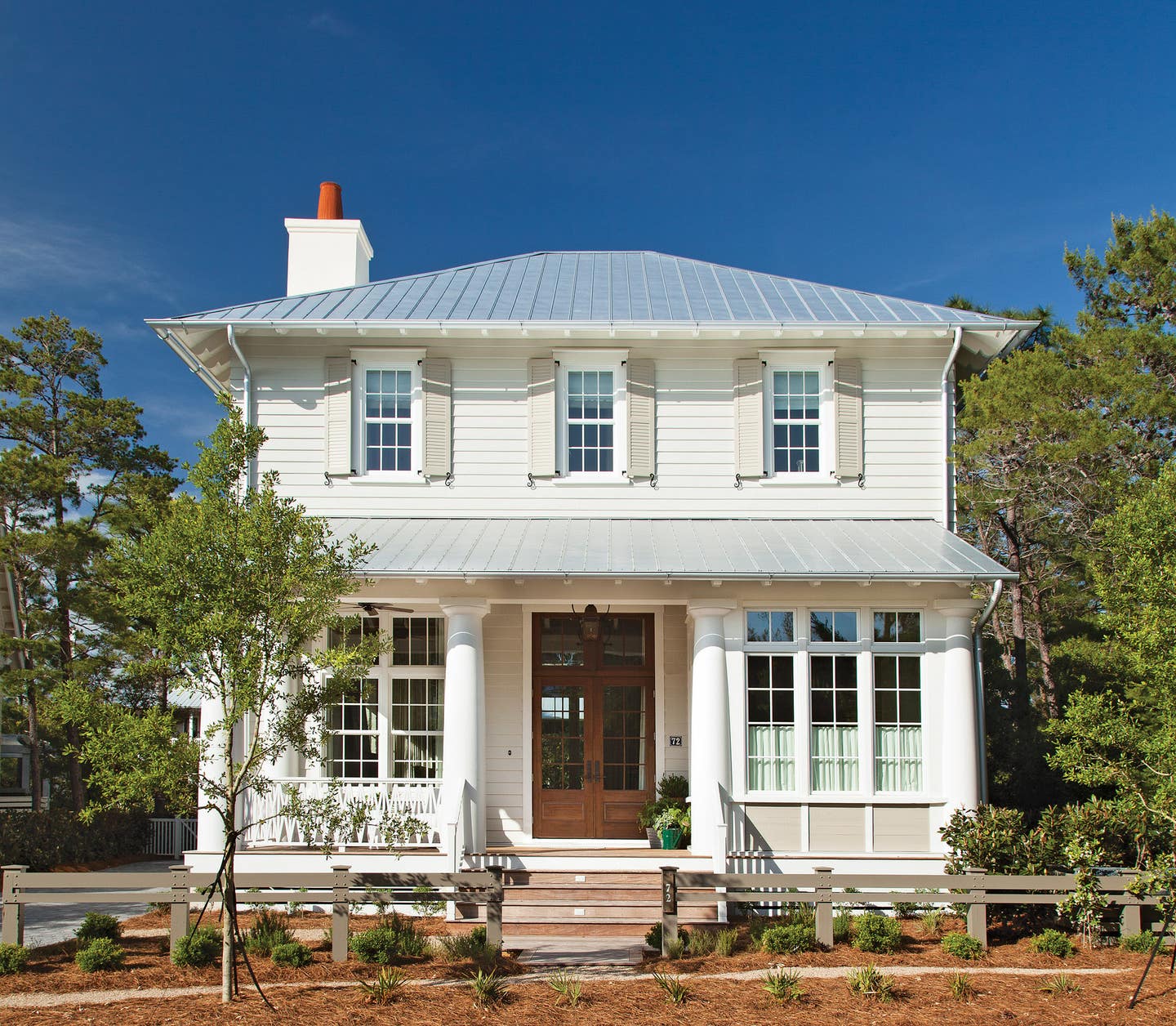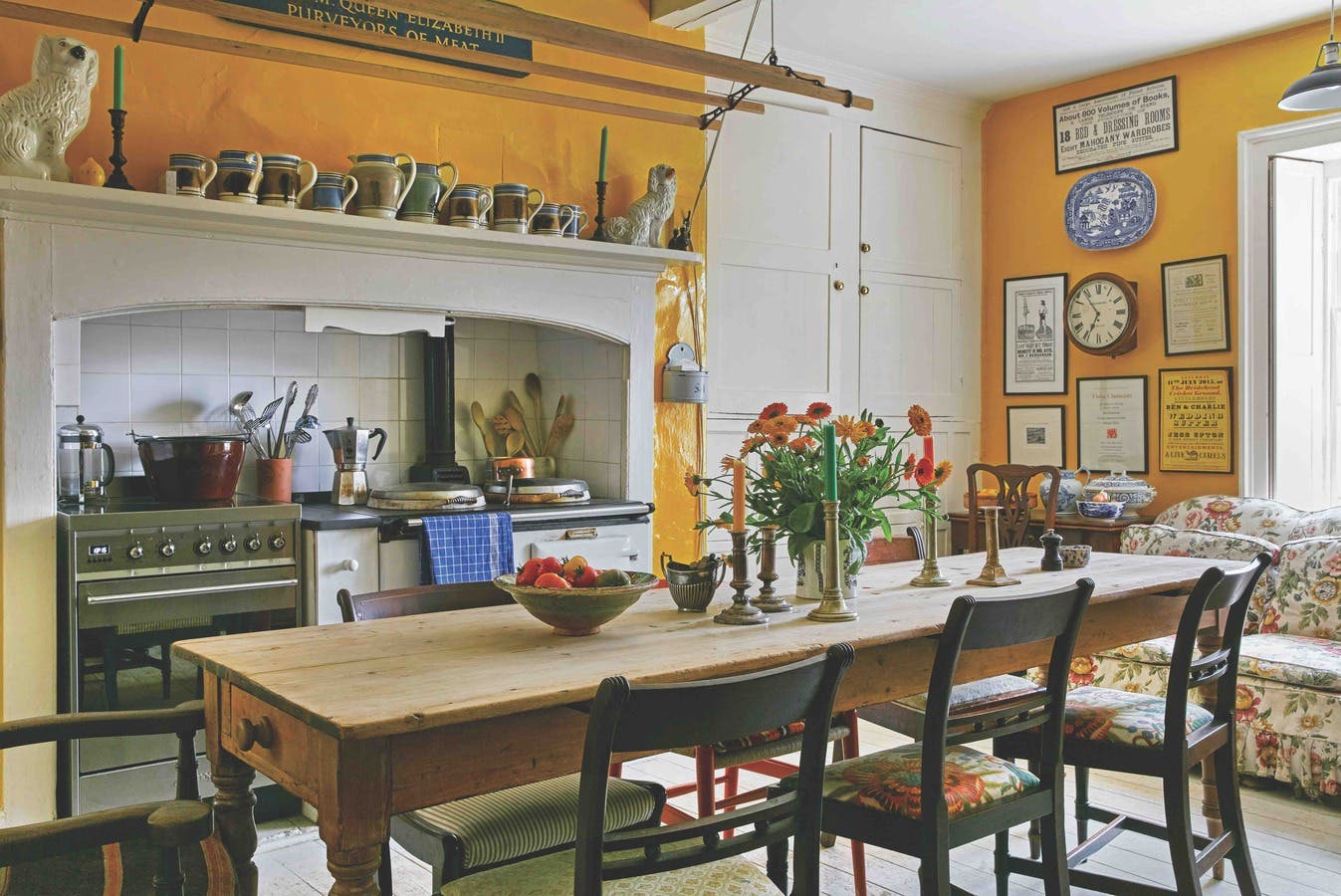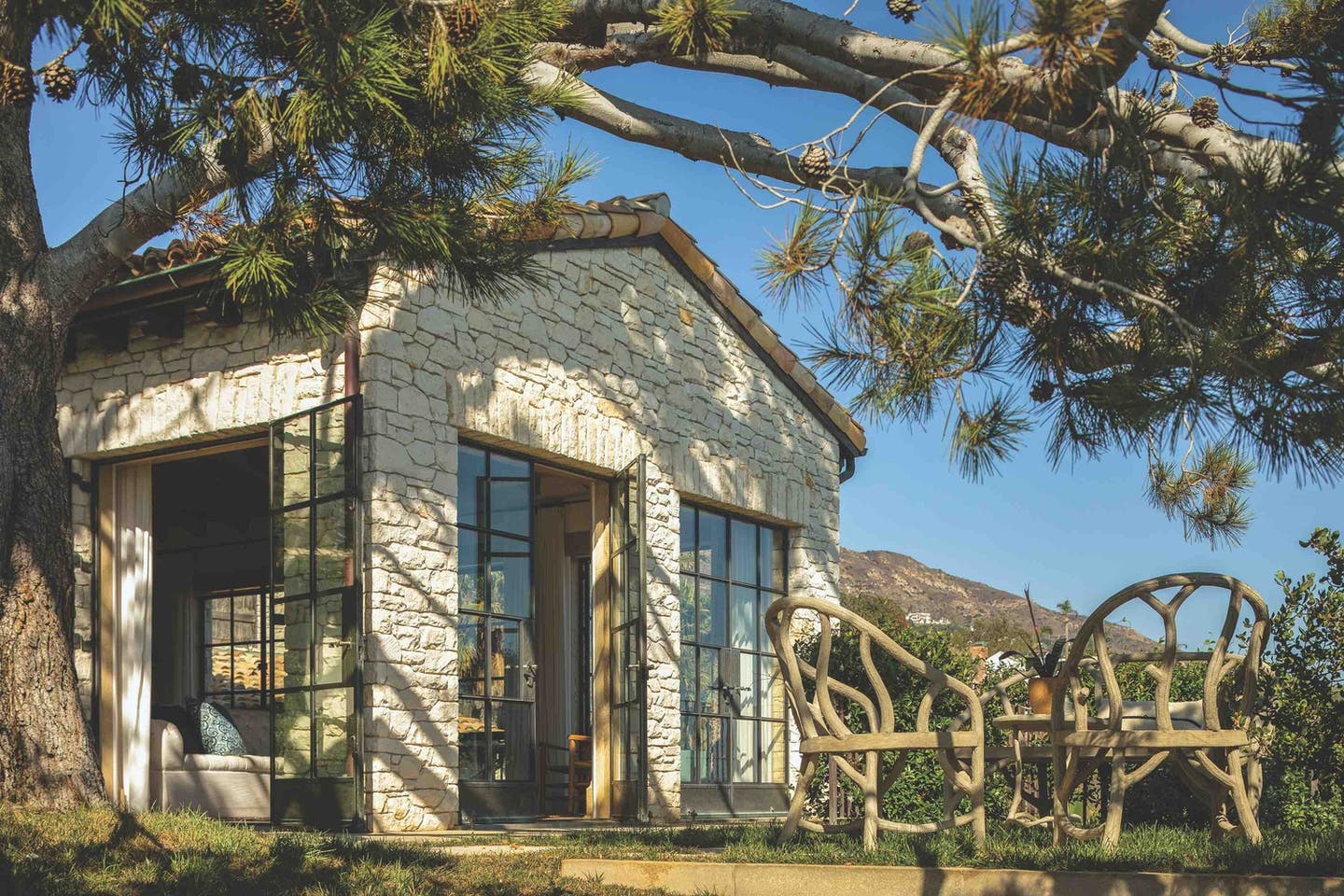
Projects
A Low-Country Creole by TS Adams Studio
Architect: T.S. Adams Studio, Atlanta, Georgia, tsadamsstudio.com
Contractor: Ken Minchew, Minchew Construction, Marietta, Georgia, chewcon.com
Interior Designer: Courtney Dickey, T.S. Adams Studio, Atlanta, Georgia, tsadamsstudio.com
WaterColor, Florida, is a planned resort and residential community. Located on the Gulf of Mexico, its traditional beach cottage homes feature wide porches and an inviting style. Architectural guidelines help preserve the character of the community but are flexible enough to allow residents to create a home that reflects their personal tastes and styles.
Timothy S. Adams, AIA, principal architect of TS Adams Studio, Architects, in Atlanta, Georgia, designed several homes in WaterColor and was familiar with the challenge of meeting both the community’s architectural guidelines and a client’s design aesthetic. But when Frankie and Charon Harris shared their vision for their new home, Adams knew this project would be anything but typical.
“Frankie and Charon are from Louisiana, and they wanted something that reflected that heritage—a bit of a French Creole influence,” Adams says.
But WaterColor’s architectural guidelines were developed around Florida’s wood-frame vernacular architecture, a simple style that features a symmetrical, wood-sided box raised on pilings, a hip or gable metal roof, exposed rafter tails, a straight central hallway, and a large front porch.
Many of these features are similar to those found in low-country and French Creole architecture. “These styles of architecture tend to have a lot of similar features,” Adams says. “They were all responding to the same type of environment, just in different parts of our country.”
Adams designed the home around an interior courtyard, paying homage to the well-loved courtyards of New Orleans.
Working with Challenges
Although the lot is quite narrow, the property line angled back to the right, allocating just enough space for a side wing. The community’s architectural guidelines require a clear delineation between the main house and secondary elements, which must be designed to resemble an addition. Offsets from the corners allow you to see the expression of each part of the whole and define the central part of the house.
The main house is a two-story structure with a hipped roof and wide porch. A one-story master suite extends off the right side, creating an L-shape. A two-story carriage house with an additional guest room forms the opposite side of the central courtyard. At the far end is a double-sided screened porch that overlooks both the courtyard and the adjacent park.
The open floor plan creates a breezeway from the front to the back of the house and allows natural light to stream through the windows into every part of the first floor, including the kitchen and breakfast room. Thirteen-foot-wide bi-fold doors open to connect the great room to the courtyard, expending the main living space and opening the house to the outdoors.
“This house is so much about the courtyard,” says Adams. “It is very much a part of the great room and a wonderful place to entertain.”
French Inspiration
Inspired by the Harris’ collection of French antiquities, including two large mantels and a selection of interior doors, the interior detailing is where the French Creole influence really shines. “The mantels and doors were brought over from France, and a lot of the doors, which dated back to the 1780s, still had the original hardware,” says Adams. “So, we refurbished the hardware and drew on these pieces as inspiration for the interior detailing.”
The location for each antique door was carefully selected during the design phase. “When you get into a smaller footprint like this, every inch really becomes significant,” says Adams. “The key to successfully integrating antiques and reclaimed pieces is having them as you’re doing the design.”
One of the more elegant doors was used as the entry to the master bedroom, while a more rustic door leads to the wine cellar. “The doors were of varying heights,” says Adams, “so we had to do some work to add on to them in a creative way to make them fit.”
The mantels were also built into the original design concepts. In the great room, plastered and painted brick walls became the backdrop to the Harris’ 18th-century French limestone mantel. “Letting some of the materials that historically go together work together and influence one another was an important part of the design process,” says Adams.
In many ways, the interior is reminiscent of those designed by famed Louisiana architect A. Hays Town. Town was one of the first architects to salvage old building materials and incorporate them into new homes, lending the structures a sense of history and casual elegance.
Celebration of Natural Materials
This theme is apparent throughout the house. Reclaimed heart-pine floors and beams tie the interior spaces together, and the kitchen features reclaimed cypress cabinetry. The home is a celebration of natural material and a beautiful rendering of the Low-Country style, but it still maintains the casual atmosphere of a beach cottage.
And what beach cottage would be complete without a reading nook? Two-thirds of the way up the stairs is a small landing on the north side of the house. Surrounded by windows on three sides, the space gets plenty of natural light, making it the perfect place to read a book. “It’s not very big. It’s cozy and comfortable,” says Adams. “It’s a little, hidden gem in the whole project.”
And for Charon, who loves to read, it is the perfect hideaway.








